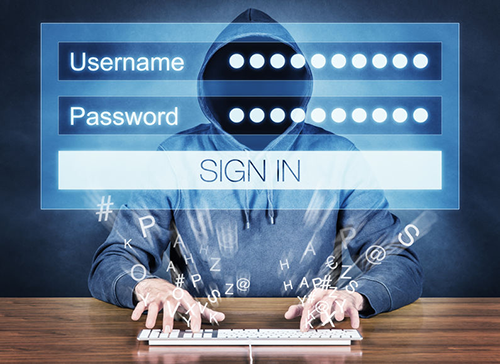In today’s digital world, cyberattacks and data breaches are increasingly common. Knowing how to check if your passwords have been hacked is crucial to protect your personal and financial information.
Hackers often gain access to email accounts, social media profiles, and online banking accounts without you noticing.
This guide explains how to check if your passwords have been hacked, the warning signs of a compromised account, and the steps you should take immediately to secure your online presence.
Why It’s Important to Check If Your Passwords Have Been Hacked
- Prevent Identity Theft: Stolen passwords can give hackers access to sensitive information.
- Protect Financial Accounts: Cybercriminals can drain bank accounts or make fraudulent purchases.
- Secure Personal Data: Email and social media accounts contain personal details that can be misused.
- Prevent Further Breaches: Compromised accounts can be used to hack other linked accounts.
Knowing how to check if your passwords have been hacked is the first step in preventing serious damage.
Signs Your Password May Have Been Hacked
- Unusual Account Activity: Login attempts from unknown locations or devices.
- Unexpected Password Change Requests: Notifications of password changes you didn’t initiate.
- Spam or Strange Messages Sent: Friends report suspicious emails or messages from your accounts.
- Locked Out of Accounts: Unable to access accounts due to unauthorized password changes.
- Security Alerts: Alerts from services or browsers warning of a breach.
How to Check If Your Passwords Have Been Hacked
1. Use a Trusted Breach Checker
There are reputable online tools designed to check if your email or password has appeared in a data breach:
- Have I Been Pwned – Enter your email to see if it’s part of known breaches.
- Firefox Monitor – Similar tool integrated with Mozilla Firefox.
2. Monitor Unusual Account Activity
Check your email and social media accounts for login attempts from unknown devices, IP addresses, or locations.
3. Check Saved Passwords
If you use a password manager or browser-saved passwords, review accounts and see if any passwords match leaked data.
4. Watch for Phishing Attempts
Hackers often send fake emails asking you to reset your password. These can indicate your information may have been compromised.
5. Use Two-Factor Authentication (2FA) Alerts
Enable 2FA on all accounts. Many services alert you if there’s suspicious login activity, helping you identify hacks early.
What to Do If Your Passwords Have Been Hacked
1. Change Your Password Immediately
Use a strong, unique password for each account. Avoid reusing old passwords.
2. Update Linked Accounts
If one account is compromised, hackers may try other accounts with the same password. Update all linked accounts.
3. Enable Two-Factor Authentication
2FA adds an extra security layer, making it harder for hackers to gain access even if they know your password.
4. Monitor Financial Accounts
Check bank statements, credit cards, and payment apps for unauthorised transactions.
5. Inform Relevant Services
Notify your email provider, social media platforms, or banking institution of the breach. They can assist in securing your account.
6. Scan Your Devices for Malware
Use antivirus or anti-malware software to ensure no keyloggers or spyware are recording your passwords.
7. Consider a Password Manager
A password manager generates and stores strong passwords, reducing the risk of future breaches.
Tips to Prevent Password Hacks in the Future
- Use Unique Passwords: Avoid reusing passwords across multiple accounts.
- Create Strong Passwords: Include letters, numbers, and special characters.
- Enable 2FA Everywhere: Even basic accounts benefit from two-factor authentication.
- Regularly Review Accounts: Periodically check for unusual activity.
- Stay Informed About Breaches: Follow security news to be aware of new threats.
FAQs on How to Check if Your Passwords Have Been Hacked
How can I check if my passwords have been hacked?
Learning how to check if your passwords have been hacked is now very important. You can use trusted tools like Have I Been Pwned or Firefox Monitor to check if your email or passwords have appeared in known data breaches.
What are the signs my password has been compromised?
Signs include unexpected password change notifications, strange login attempts from unknown locations, spam sent from your account, or being locked out of accounts.
What should I do if I find my passwords have been hacked?
Immediately change all affected passwords, enable two-factor authentication, monitor financial accounts, and inform relevant service providers of the breach.
Can hackers access my other accounts if one password is hacked?
Yes. If you reuse passwords across multiple accounts, hackers can attempt to access them. Using unique passwords for each account reduces this risk.
Is it safe to use online breach-checking tools?
Yes, reputable tools like Have I Been Pwned and Firefox Monitor are safe. Avoid suspicious websites claiming to check breaches, as they may steal your data.





